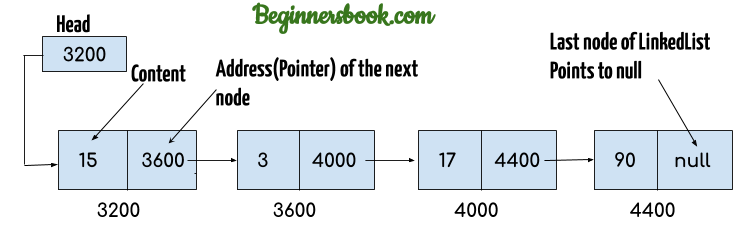

List iterator that starts at a specified position in the list. ListIterator, that allows element insertion and replacement, andīidirectional access in addition to the normal operations that the The List interface provides a special iterator, called a Preferable to indexing through it if the caller does not know the Thus, iterating over the elements in a list is typically That these operations may execute in time proportional to the index valueįor some implementations (the LinkedList class, forĮxample). The List interface provides four methods for positional (indexed)Īccess to list elements. Declarations for other inherited methods are

Specified in the Collection interface, on the contracts of the The List interface places additional stipulations, beyond those Throwing runtime exceptions when the user attempts to insert them, but we That someone might wish to implement a list that prohibits duplicates, by Null elements if they allow null elements at all. Such that e1.equals(e2), and they typically allow multiple Lists typically allow pairs of elements e1 and e2 Unlike sets, lists typically allow duplicate elements. The list), and search for elements in the list. The user can access elements by their integer index (position in Interface has precise control over where in the list each element is It creates an instance of the Car class.An ordered collection (also known as a sequence). Instantiation: Creating an object by using the new keyword is called instantiation. It sets the initial value of the variable cost to 100. Initialization: Assigning a value to a variable is called initialization. Instantiation and initialization are completely different concepts in Java programming. What is the difference between instantiation and initialization? When an abstract class is sub-classed, it usually provides implementations for all of the abstract methods in its parent class. No, we cannot instantiate abstract classes. Let's see some important questions that may click in the mind. Return new Furniture (price, description) Public static Furniture getNewFurniture (int price, String description)

Private Furniture (int price, String description) Let's see an example of the static factory method. Another disadvantage is that they are not readily distinguishable from other static methods. The disadvantage is that providing only static factory methods is that classes without public or protected constructors cannot be sub-classed. The fourth advantage is that they reduce the verbosity of creating parameterized type instances. The third advantage is that unlike constructors they can return an object of any subtype of their return type. The second advantage is that unlike constructors they are not required to create a new object each time they are invoked. The first advantage is that static factory methods also have names, unlike constructors. Providing a static factory method instead of a constructor has both pros and cons. We can use it instead of the constructor. Always remember that it is not the same as the factory method pattern. A class can provide a public static factory method that is nothing but a static method that returns an instance of the class. Using Static Factory MethodĪnother way to instantiate a class is by calling a static factory method. Note: If we want to invoke the methods of the local inner class, we must instantiate that class. Creating a constructor of the class is also known as instantiation. We observe that when we use the new keyword followed by the class name, it creates an instance or object of that class. new keyword allocates memory space for the newly created object creates a DemoClass object (instantiate)


 0 kommentar(er)
0 kommentar(er)
